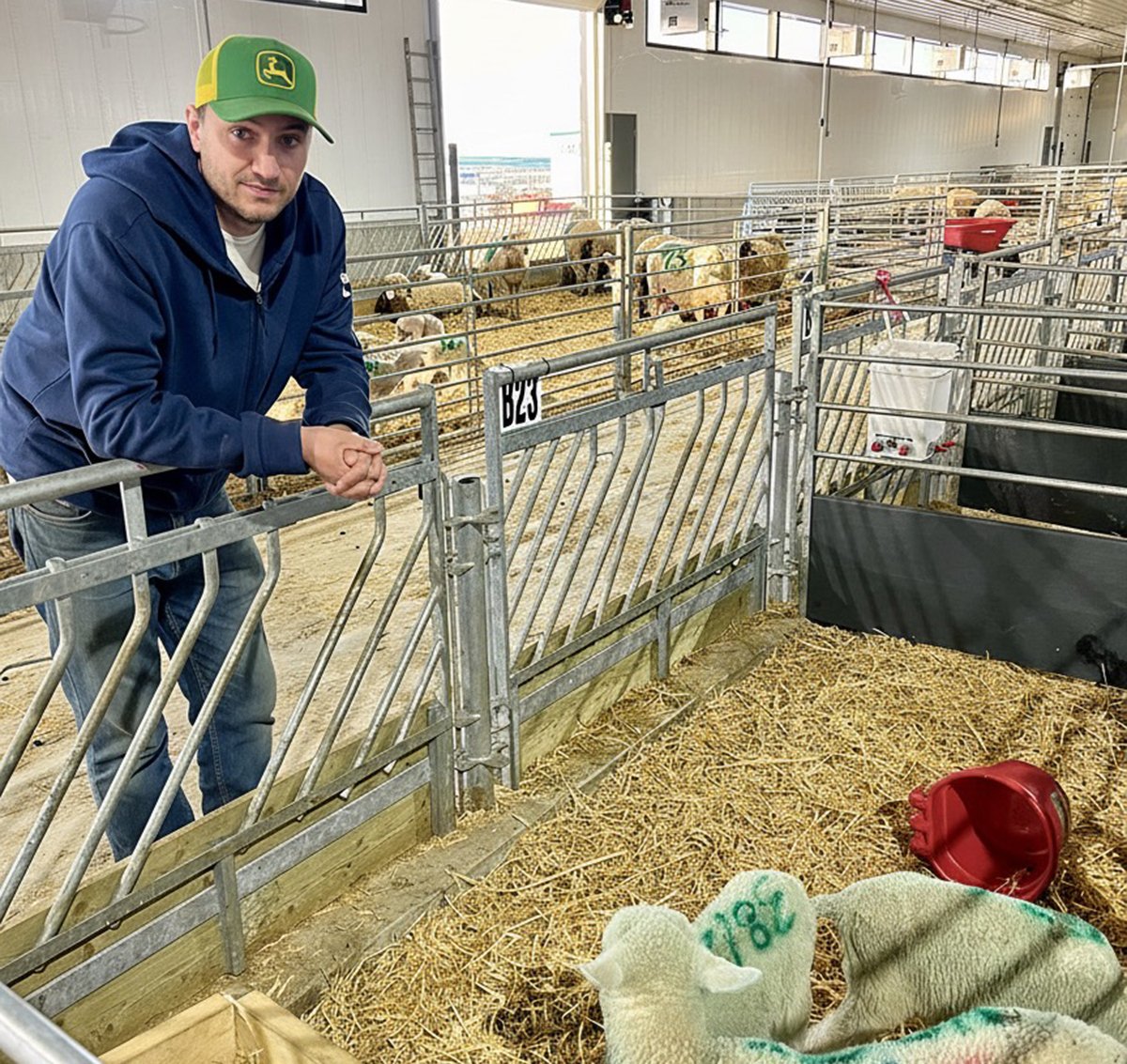XL Foods is closing its two Calgary beef plants at the beginning of May.
“We regret that we have had to take such extreme action, but the significant changes in the supply of mature cattle and the global competitive landscape have not allowed the facilities to operate at or near capacity,” Brian Nilsson, co-chief executive officer of XL, said in an April 9 news release.
Louise Craig of Local 401 of the United Food and Commercial Workers union said about 500 people received termination letters April 8 without warning.
Read Also

Solar, sheep provide valuable farm diversification
Eric Steeves says raising sheep on forages grown under solar panels provided economic stability and perhaps even saved his family’s fifth generation southern Alberta grain farm.
The company is also closing XL Four Star Beef Inc. in Omaha, Nebraska, in June, with the loss of another 500 jobs.
“It is devastating,” said Craig.
“I have people with 35 years plus of seniority. It is very scary for them. They have devoted their whole lives to it.”
The union plans to help people find new jobs, but the summer employment picture does not look promising.
XL Foods also owns Lakeside Packers in Brooks, Alta., where contract negotiations are underway with about 2,000 employees.
Many plants are facing difficulties because of declining cattle inventory in North America.
“These plants are all having a hard time procuring enough cattle to keep their chains running at a legitimate speed,” said Alberta Beef Producers chair Chuck McLean.
Many were running at less than 70 percent capacity and need to be at least at 80 percent to make a profit.
The Calgary plants handle mainly cows but have been under pressure because fewer animals are available.
Lakeside Packers and Cargill Foods at High River, Alta., are killing more cows and others have been exported.
“It puts pressure on the whole spectrum,” McLean said.
As well, removing specified risk materials from cattle older than 30 months has increased operating costs.
The federal government provided $25 million last year to subsidize increased costs of about $31 per head.
However, a request from cattlemen’s organizations to continue the funding was not granted in the most recent federal budget.
“It was one of the most efficient and bestthingstheyhavedoneinalongtime,” McLean said. “The cows were staying here rather than going to the U.S.”
Live cow prices have also increased to the highest levels in 10 years.
“Most plants only run on a one and a half to two percent margin on their gross and so when the margin gets really close, these guys are in a price squeeze,” he said.
Competition could improve if producers began rebuilding their herds and increased the national herd by an extra three to four percent, but that would take several years.















